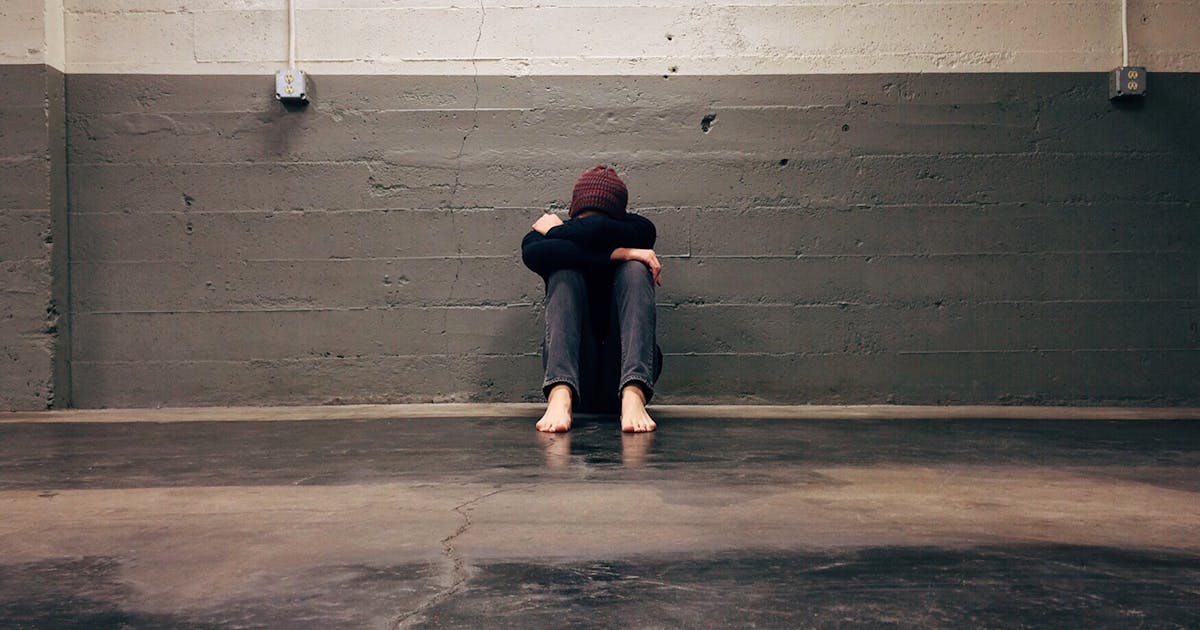Does depression have a cure? Do you know what it is, how to treat it, what the main symptoms are and where to ask for help? Well, if you know little or nothing about the subject and have difficulty understanding it, we are here to help you! But, first of all, let’s understand depression better. Look:
What is depression?
Depression is a mental disorder caused, among other factors, by chemical instability in our body. This is related to the lack or imbalance of neurotransmitters in the body, such as norepinephrine and serotonin, for example.¹
The regulation of these substances is made by the person’s genetics and the environment where they live. In regard to genetics, it’s known that some people are more predisposed to an imbalance in the hormones responsible for conducting mood and feelings of well-being. In regard to the environment, it’s important to know that different places and experiences a person has in them will influence the production and balance of such substances. It is that emotions experienced, like stress, pressure, etc., will be risk for depression.
Okay, but how do we know if something is wrong?
How do you know if it’s depression?
Only a doctor can diagnose depression, so specialist assessment is the only way to answer the question “how do you know it’s depression”. In any case, it is worth paying attention to some signs that indicate a case of depression. Look:
- When someone has a very deep feeling of sadness, which doesn’t go away and doesn’t always have a reason.
- Demonstration of lack of interest in activities that you usually enjoy.
- Little or no motivation to do routine tasks.
- Inability to take action.
Who can have depression?
Depression can affect all types of people. The disease affects around 350 million people worldwide, presenting symptoms that change in intensity and duration.
According to the Ministry of Health , depression is a mental disorder that seriously affects health. It is considered a disease, being very present in the population — appearing in around 15.5% of throughout their lives. The most common period for depression to appear is in the late 30s, but this is not a rule, because it can appear at any age. Some studies show a prevalence of up to 20% in women and 12% in men throughout their lives.
Therefore, we realize that the disease can appear at any age, gender, and in people of all colors and social classes. Therefore, we must stay alert, because it can affect anyone. Therefore, professional help should be sought, and treatment must be begun as quickly as possible.
Sadness and depression, what’s the difference?
Unfortunately, it is common for people to think that depression is that sadness that we have all felt at some point in our lives and that usually happens because of a reason , for example a dismissal, unrequited love, the loss of a loved one, family problems or financial difficulties. But the truth is that it is very different from that, we always need to remember that sadness is not the same thing as depression . Sadness is a common human feeling, depression is a disorder.
What are the symptoms of depression?
Below are the main symptoms of depression. However, it is essential to keep in mind that there can be others, depending on the type and level of severity of depression. In the text below, we are talking more generally and about the most common features—those that pop up in the majority of conditions and are most visible.
Main symptoms of depression
- Depressive mood : feeling of sadness, self-devaluation and feelings of guilt. The person believes that they have lost the ability to feel pleasure and joy.
- There may be a feeling that you are a burden to others.
- Wanting to be alone almost all the time is also common.
- The person sees the world and the future in a negative way and perceives difficulties as something insurmountable.
- Motor retardation : lack of energy; feeling very lazy and very tired; slowness of thinking; Lack of concentration, memory, will and initiative can indicate depression.
- Insomnia : has difficulty staying asleep or waking up too early from it.
- Excessive sleepiness : the person feels very sleepy quite often (more associated with atypical depression).
- Appetite : decreases significantly or increases significantly (this is also more associated with atypical depression).
- Reduced sexual interest .
- Pain and other physical symptoms : malaise; tiredness; chest pain; cardiac acceleration; production of a lot of sweat.
What are the possible treatments for depression?
As we have seen, some people who have a depressive episode recover completely, but this only happens when treatment is adequate. The objective is always the same: control neurotransmitters to promote a better quality of life.
The search for a cure for depression can lead people to seek the most diverse types of help. However, this causes many of them to fall for false “cures”, which is why professional guidance is essential. First of all, look for a specialist, as only he can direct you correctly.
Treatment can be carried out with psychotherapy alone or by combining psychotherapy with psychiatric monitoring (based on medication). However, this will depend on the most suitable treatment for each person. Therefore, the doctor chooses the antidepressant based on the patient’s type of depression, their clinical history (personal and family) and also the patient’s good response to different types of antidepressants.
It is important to highlight that many patients experience complete remission (a feeling of cure) with antidepressant treatment, which is why it is essential that you undergo the treatment and maintain it for the period determined by your doctor, never interrupting it on your own.
Furthermore, other resources can be used alongside the chosen treatment, helping the patient to see better and faster results. In this sense, we can count on good nutrition, good sleeping habits, physical exercise, artistic practices, etc.

